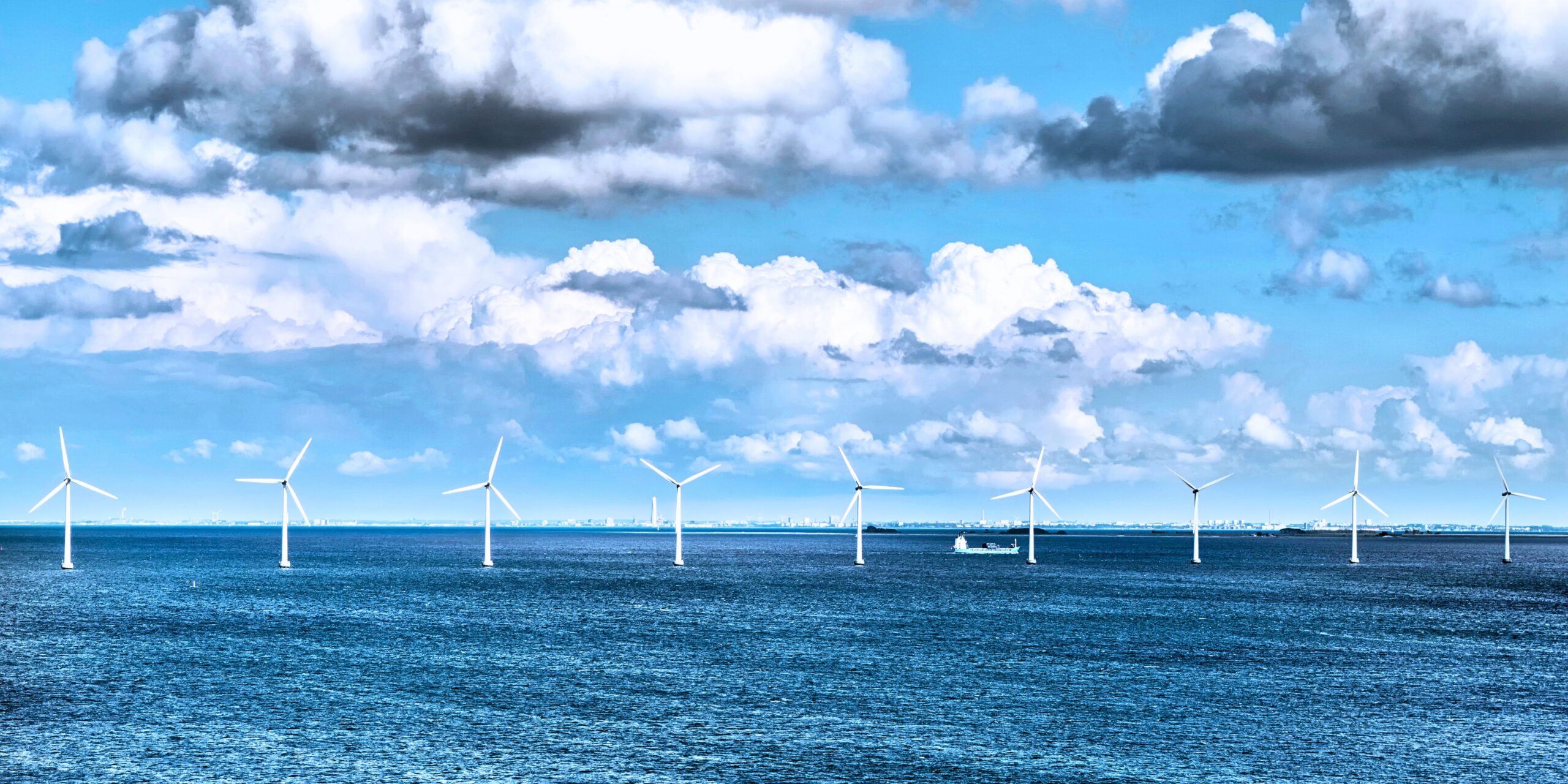How widespread is offshore wind power?
Find out with us!
vol. 14
25 May 2023
OFFSHORE WIND POWER DEVELOPMENT
By Edoardo Simonelli, Eleonora Cacchio
Only 12% of European wind power capacity is currently offshore, i.e., installed on the seabed or floating on the deep sea and connected to submarine power lines to conduct electricity to the distribution grid.
That’s because the installation, operation and maintenance costs of offshore wind farms are far higher than onshore of installations, just think of the differences between transporting by land and by sea the equipment needed to perform any kind of maintenance operation on the wind turbine. In addition, offshore systems are subject to a greater rate of erosion or risk of damage due to wave action and strong winds that develop during storms.
Technological and engineering improvements in the last few years have made it possible to increase the reliability of the blades by reducing some of the maintenance costs, but we are still a long way from the true “green revolution” that would take place if governments incentivized the development of offshore wind power.
With 11.700 square kilometers of coastline, Italy is particularly well-suited for the deployment of this technology, which is the basis for national energy renewal according to the National Integrated Energy and Climate Plan (PNIEC).
In particular, at least 900 MW of offshore wind farms are planned to be installed to achieve the 2030 climate and energy targets.
The first offshore wind power installation in the Mediterranean Sea, which is called Beleolico, has a capacity of 30 MW and was inaugurated on 21 April 2022 off the coast of Taranto. It can cover the annual energy needs of about 60.000 households by producing 58.000 MWh/year and will save 730.000 tons of carbon dioxide over the next 25 years according to experts.
What are the main reasons that drove the attention of national governments to offshore wind power? Certainly, its advantages over onshore wind power, such as:
- the greater reliability of the energy source since offshore, where there is no obstacle whatsoever, the wind is stronger and more constant than onshore;
- the lower environmental and noise impact since the wind turbines are located beyond the visible horizon line.



